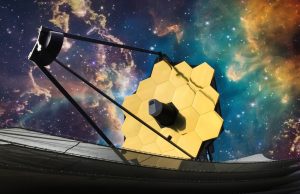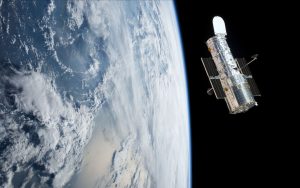Scientists Discover a New Way to Generate Energy from Earth’s Rotation
Others are reading now
Renewable energy is constantly evolving. Solar, wind, and geothermal power have already transformed the way we produce electricity.
Now, scientists are looking at an unexpected source—Earth’s rotation. If this concept proves viable, it could open new possibilities for clean energy, reports WP.
The idea isn’t entirely new. In 2016, Christopher Chyba, a researcher at Princeton University, proposed that electricity could be generated by harnessing Earth’s movement through its magnetic field.
His theory was met with skepticism. Scientists questioned whether it was possible to generate useful voltage without major energy losses.
Also read
Chyba didn’t give up. He built an experimental device using manganese-zinc ferrite and tested it in a darkened laboratory.
The results were surprising. According to Popular Mechanics, the device generated 17 microvolts of energy.
While this amount is small, it demonstrated that Earth’s rotation could, in fact, produce electricity.
The device worked by moving through Earth’s magnetic field, challenging previous assumptions.
Chyba explained that it seemed to contradict the long-standing belief that a conductor at rest relative to Earth’s surface could not generate energy in this way.
The findings were published in Physical Review Research, but experts remain cautious. The experiment needs to be repeated by independent labs to confirm the results.
Even if the science holds up, scaling this technology to produce meaningful amounts of power will be a major challenge.
Chyba tested his device in both a controlled lab and a residential environment. The results were consistent, suggesting that local interference was not responsible for the effect.
If further research supports his conclusions, this could be a breakthrough in renewable energy.
Right now, the energy produced is tiny. But every major discovery starts small. Chyba remains optimistic.
With further studies and technological advancements, tapping into Earth’s rotation for power could become a reality.








